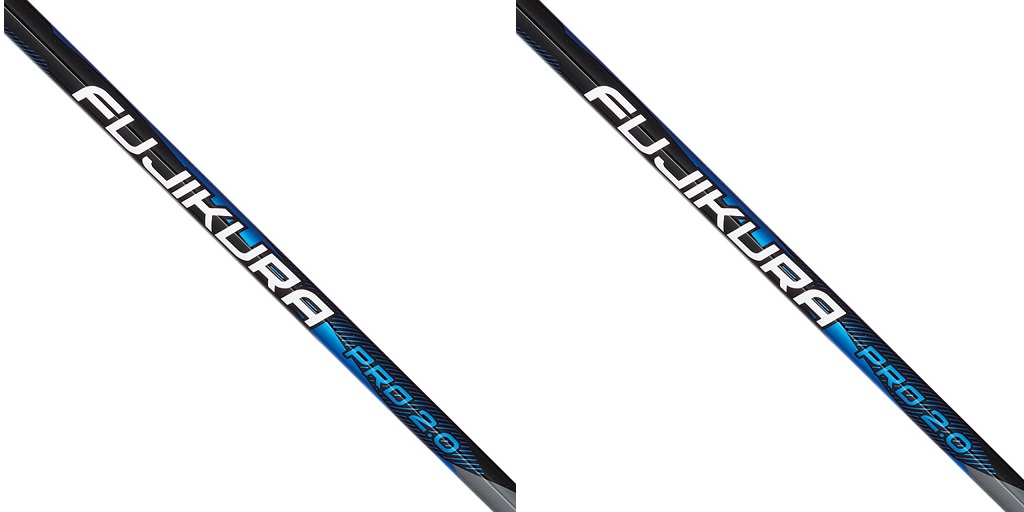Golf shafts for drivers can be expensive, in some cases as expensive or more than the club head itself.
You’ve coached yourself on keeping your club heads protected by covers, cleaning off the face between strikes, and drying and cleaning them before storing.
Why not afford your golf shafts the same luxury?
With that sentiment in mind, here at 4 things you don’t want to do with your driver shafts (or your iron shafts, for that matter).
Actually, don’t do any of these to any of your golf shafts.
Keep Hitting Fat Shots
We all hit a fat shot from time to time. It’s nothing to be particularly ashamed of, especially at the beginning of the season if you’re a bit rusty.
But to keep hitting fat shots? Well, that’s going to ruin your game, for one, and your shaft, for another.
This is particularly the case for graphite golf shafts for drivers, which are not designed to sustain repeated impacts like this. Continued fat shots will cause the graphite fibers to delaminate and before long you’ll be playing with shards instead of a shaft.
Besides all that, hitting fat shots consistently means something’s wrong. You’re either teeing off at the wrong distance or your shaft is too long. Fix the problem one way or the other and not just the symptoms.
Store It in Your Trunk
This is more advice for those that live in hot southerly climates. Your shaft’s attached to your clubhead with the help of some epoxy adhesive, and heat will destroy it.
This stuff is strong but it’s not iron. Too much heat and the adhesive will break down. That will weaken the joint before your clubhead and shaft.
So, the moral of the story is you should not store your clubs anywhere they will be exposed to extreme temperatures – trunk, basement, or otherwise.
Play in the Rain and Not Dry It Before Storing
Most modern graphite composite golf shafts for drivers are cool to handle a little moisture. They, themselves, will not rust, at least not like the steel shafts of yore.
But your clubheads will rust, and excessive exposure to moisture can exacerbate the deterioration of the epoxy adhesive that secures your club head.
So basically, just like you always dry your clubheads before storing, making sure everything else is dry, too.
Fail to Inspect It
This is general advice, but it is still important. You should never, ever play with your clubs before inspecting the shaft – at least before a round.
Graphite shafts are tough but they aren’t as tough as steel, and moreover, the old adage is that steel bends, it doesn’t break.
Graphite bends till it can’t anymore. Then it breaks.
Years and years of playing with graphite shafts can stress and weaken the fibers. Shafts that are well-cared for will last many seasons. Those that are not will not.
Over time, your shafts may develop cracks that will travel through the fiber matrix. At a certain point, the shafts will snap or shatter.
Don’t let that happen to you during a round. Inspect your shafts and re-outfit your clubs with new shafts before it becomes a matter of compulsion.
Need New Golf Shafts for Your Drivers?
After a certain number of years you’ll want to replace your golf shafts for your drivers, whether or not you actually need to.
Work with the club fitters at Dallas Golf Company. They will help you sort through all the new releases in the industry and find shafts that work for you.
You can also use the online shaft fitting tool on their website to help you choose new shafts for their drivers. Get in touch with them at 800-955-9550 if you have any questions.
For more information about Autoflex Golf Shaft and Sun Mountain Golf Stand Bags Please visit: Dallas Golf Company Inc.


